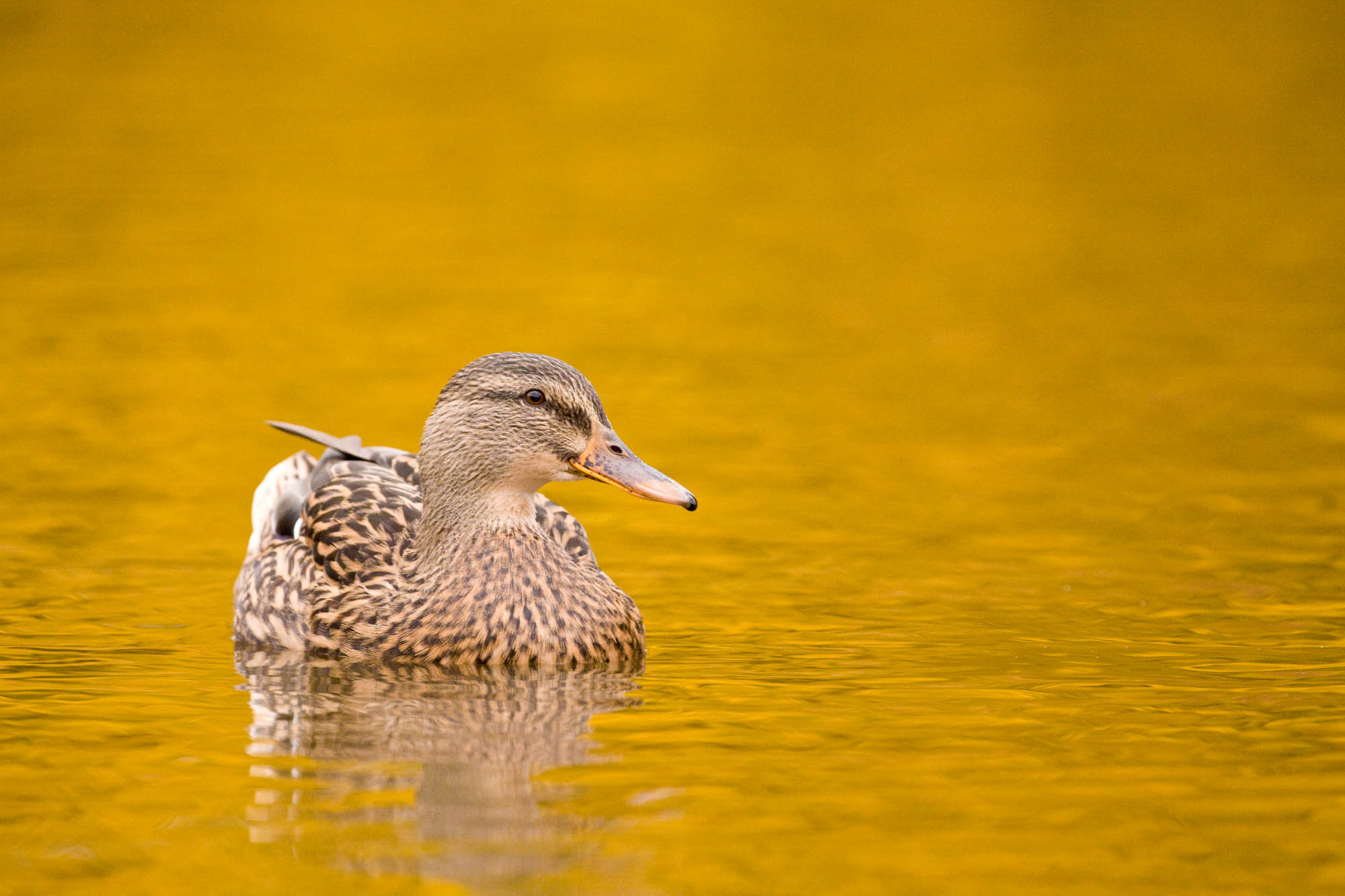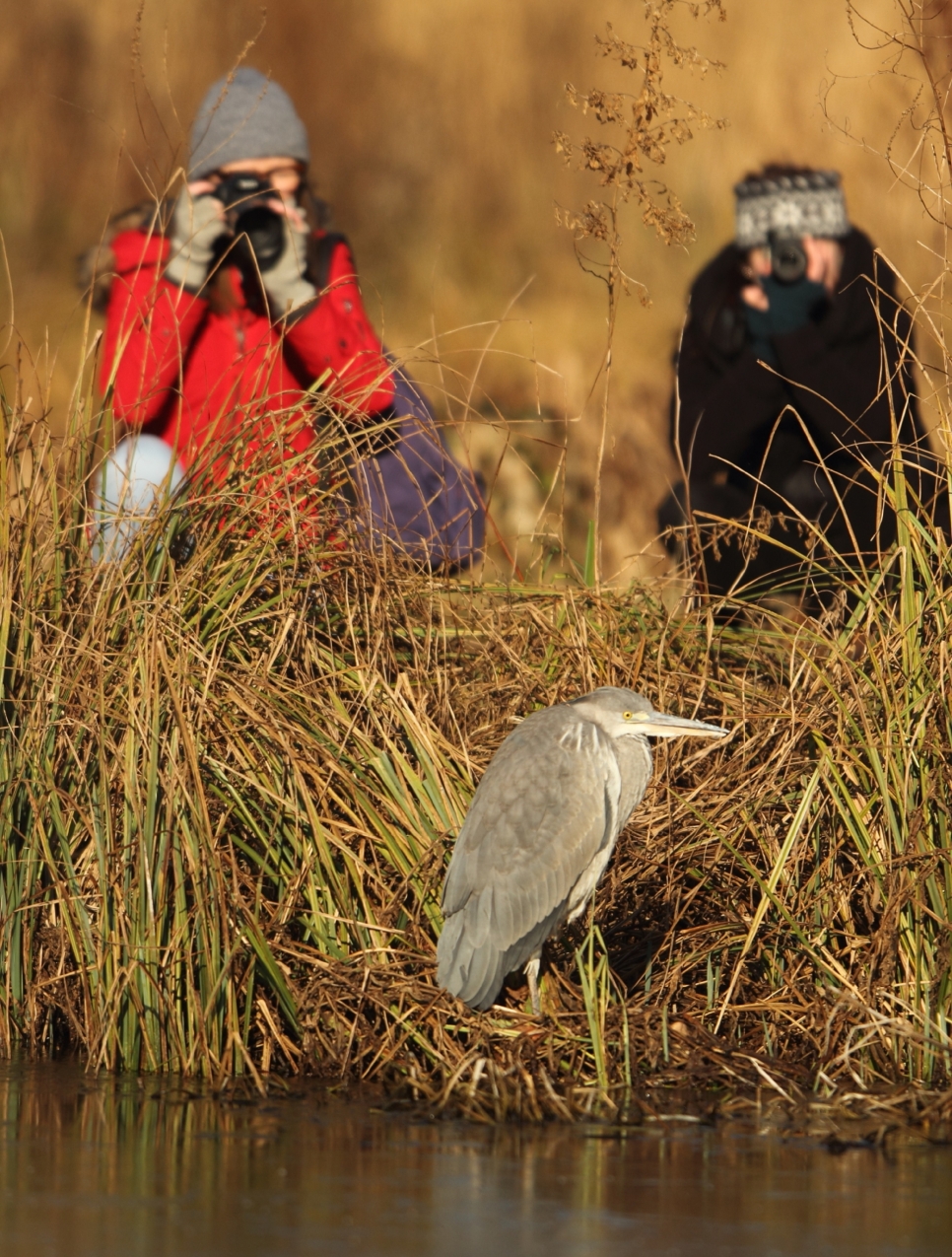Amazing aerial acrobatics on screen

If you have ever tried to follow the twisting, rolling, high-speed flight of a sand martin (Riparia riparia) you will know just how difficult it is to keep track of them.
Their amazing avian acrobatics are impossible to fully appreciate with the naked eye and almost too fast to follow with a pair of binoculars. But a new hi-tech feature at WWT London Wetland Centre gives visitors close-up views of these fragile-looking but tough little birds.
CCTV cameras have been installed in London Wetland Centre’s sand martin nest bank which currently houses a colony of 40 breeding pairs, so that visitors can see these agile birds at close quarters.
One camera is located on the front of the bank so that visitors can watch the sand martins in flight and – in true Springwatch fashion – another is sited inside a nest tunnel with views of the sand martins raising their young.
A large screen located inside the bank enables visitors to watch the fast, agile flight of these pretty birds and also to see and hear them on their nest, chattering to each other and their young as they bring food for their growing family. As well as the on-screen action visitors can learn more about sand martins’ behaviour, habitats and migratory patterns.
It is astonishing to watch the sand martins’ breath-taking aerial acrobatics but it’s just as amazing to realise that each year these delicate looking birds – which are only about 10cm long – fly to the UK from the African Sahel to raise two clutches of chicks and then go back in late summer, a round trip of about 5,000 miles. Sand martins nest, as their name implies, in the sandy soil and cliffs that line river banks, lakes and gravel pits.
They used to be a common sight in London, but the loss of their favoured habitats has led to a decline in their numbers. This encouraged WWT London Wetland Centre to build a sand martin nest bank in 2003.
Martin Senior, London Wetland Centre’s General Manager, said “Only four years after we opened the bank 87 pairs had taken up residence, raising their young during the summer months. Today the centre is one of London’s few remaining sites where sand martins nest in large numbers.
"The centre is an important feeding site for several hundred sand martins during their spring migration, and this nest bank houses the largest breeding colony in central London.
"Sand martins arrive at London Wetland Centre in March and leave again in late August or early September. So if you want a unique opportunity to see these amazing birds up close come along to London Wetland Centre before they head back to Africa for the winter.”
Sand martins hunt for invertebrates over water, piloting across lakes and rivers at great speed to catch gnats and other flies. Droughts in Africa can lead to a lack of insect food, a problem which has also caused sand martin population to crash in previous years.



